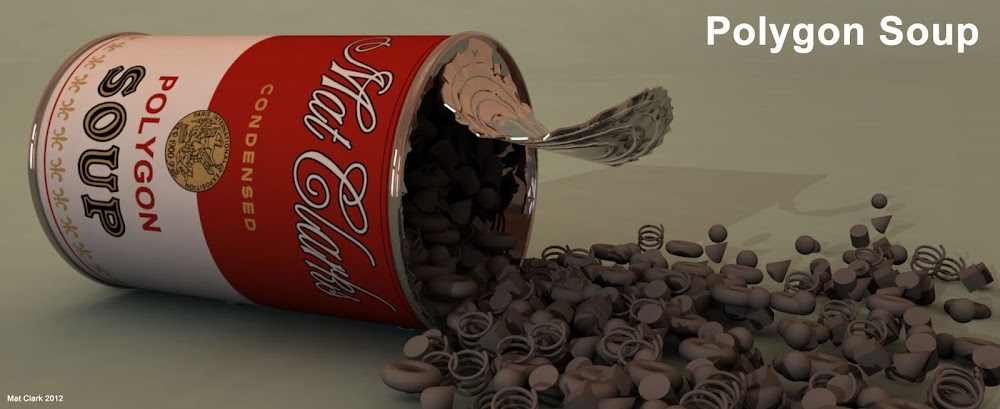I wanted to use the PointCloudField, a field that is emitted through the vertices of any attached geometry, to affect the nParticle debris from a DMM demolition, sounds technical but really all of the work has been done by coders and all I needed to do was apply it.
The thing is, there's very little documentation to support many of the free third party plug-ins but the community for SOuP is very friendly and, I was pleased to discover, is happy to offer support to those who ask.
So, why did I want to use the PCF? Simple really..... ordinarily Maya fields eminate from a single point in the scene and the force is set to specific directions dictated through the attribute editor but the PCF allows the field direction to be dictated by the normal direction of the emmiting object.... Very useful in demolition simulations where turbulence is created through the scattering of the debris.
This illustrates the difference between PCF and an regular radial field....
The radial field is to the left and the PCF is on the right. The blue debris scatter from the PCF is far more pleasing to the eye as the radial field has little to no effect. After the test I adjusted the magnitude value of the radial field to see whether I could obtain a result similar to that of the PCF and the result at 5 times the original magnitude yielded similar scatter but at a far more even and, as it's name would suggest, radial spread.

